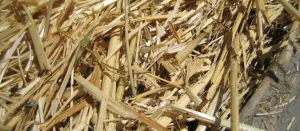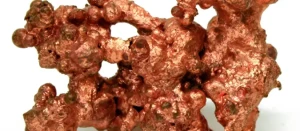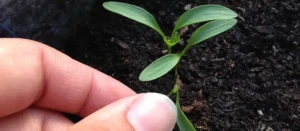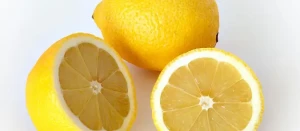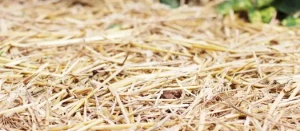SEARCH RESULTS > ARTICLES > Avoid
Gardening for bees is not only beneficial for the environment but also rewarding for gardeners. By planting herbs that attract bees, you not only support pollinators but also enhance the biodiversity of your garden. Here are 13 easy-to-grow herbs that bees love: Learn More
The no-dig method, also known as no-till gardening, is a sustainable and organic approach to cultivating vegetables without disturbing the soil structure. This gardening technique has gained popularity among gardeners due to its numerous benefits for soil health, plant growth, and overall garden productivity. Unlike traditional gardening methods that involve tilling, digging, and turning the soil, the no-dig method emphasizes minimal soil disturbance. Instead of breaking up the soil, gardeners layer organic materials on top of the ground to create nutrient-rich soil beds where plants can thrive. By implementing the no-dig method, gardeners can improve soil structure, enhance soil fertility, and promote beneficial soil organisms such as earthworms and microorganisms. Additionally, this approach helps to conserve water, reduce weed growth, and minimize soil erosion. Learn More
Electroculture gardening, an age-old practice gaining renewed attention, involves the application of electrical stimulation to enhance plant growth, health, and productivity. This innovative technique harnesses the power of electrical fields to optimize soil conditions and promote vibrant, resilient plants. Learn More
Starting seeds indoors is a rewarding way to kickstart your spring garden. By sowing seeds indoors, you gain greater control over the germination process, extend your growing season, and ensure stronger, healthier plants when it's time to transplant them outdoors. Whether you're a seasoned gardener or just starting out, this comprehensive guide will walk you through the steps to successfully start seeds indoors and set the stage for a bountiful garden. Learn More
Benefits of Worms in Soil. Worms are invaluable to gardeners for various reasons. They enhance soil structure, increase nutrient availability, and promote microbial activity. One of their lesser-known benefits is their role in regulating soil pH. Learn More
Welcome to our comprehensive guide on soil aeration in your garden! As gardeners, we understand the vital role that soil health plays in the success of our plants. Soil aeration is a fundamental practice that directly impacts the well-being of our gardens and the growth of our beloved plants. In this article, we will delve deep into the importance of soil aeration, explore various methods and tools for aerating your soil effectively, provide practical tips for incorporating soil aeration into your gardening routine, and offer insights into why this practice is essential for cultivating healthy, thriving plants. Whether you're a seasoned gardener or just starting your gardening journey, understanding soil aeration is key to nurturing vibrant gardens and achieving bountiful harvests. Join us as we explore the world beneath our feet and discover the secrets to unlocking the full potential of your garden soil! Learn More
Spring brings forth a burst of color and life, and one of the best ways to enhance your garden's beauty during this season is by planting spring-blooming bulbs. These bulbs have the magical ability to transform your outdoor space into a colorful paradise, offering a delightful array of flowers that herald the arrival of spring. In this guide, we will explore the art of selecting and planting spring-blooming bulbs, providing you with valuable insights and tips to ensure a bountiful and vibrant display in your garden. Learn More
If the chill of winter begins to wane and the first signs of spring emerge, gardeners eagerly anticipate the opportunity to revitalize their garden beds. Transitioning from winter to spring requires careful attention to cleaning and preparing garden beds to ensure a successful growing season ahead. Learn More

